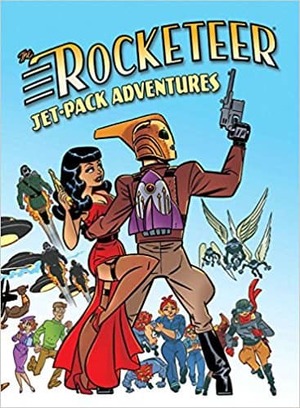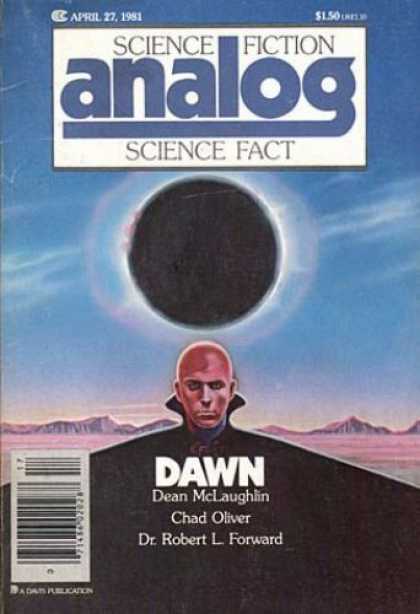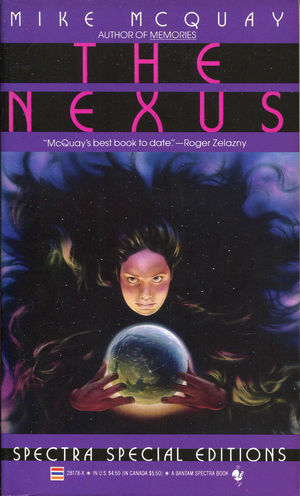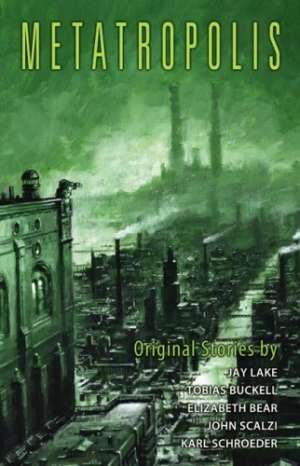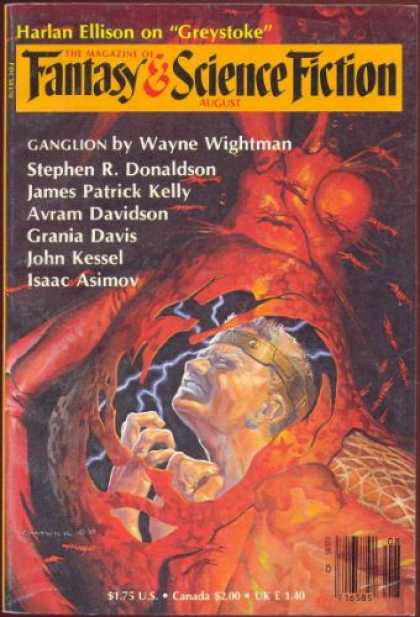Birthday Reviews: Joyce Thompson’s “Boat People”
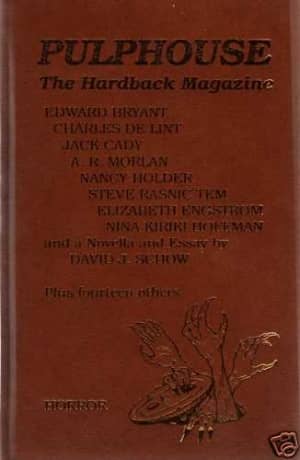
Joyce Thompson was born on May 14, 1948.
Thompson has published several short stories, collected many of her early ones in East Is West of Here. She has published four novels, including the novelization of the film Harry and the Hendersons.
“Boat People” first appeared 1990 in Pulphouse: The Hardback Magazine: Horror, the seventh issue, edited by Kristine Kathryn Rusch. Rusch also included the story in the anthology The Best of Pulphouse: The Hardback Magazine, published by St. Martin’s Press in 1991.
Thompson has produced an oddly confessional story in “Boat People,” albeit one with little fantastic element. Her narrator lives in Montana and is dealing with a mother who was once liberal, but is now older and averse to all the change brought into her life by a more diverse population. A generation behind her mother, the narrator sees the influx of Asian people as part of the aftermath of the Vietnam War, a war she opposed, but which left an indelible mark not only on her friends who served in Vietnam, but also on those who remained behind.
The narrator has survivor guilt for not having served overseas, and to assuage her guilt, she has taken on the task of working with veterans who are trying to capture their experiences on paper, offering her services as a published author to former soldiers who need the catharsis of writing about their experiences, no matter how bad the experiences or their prose. As she reads more and more of their memoirs, she takes on more and more of their memories, expressing regret that she wasn’t able to take a more active role in the war or the protests, and never fully understanding what they went through, but taking on their traumas.
